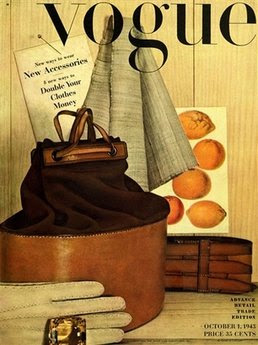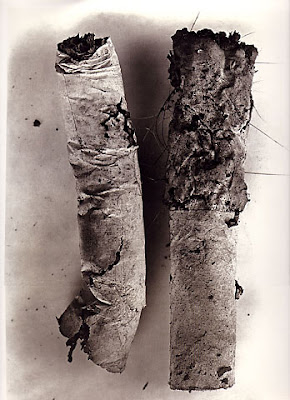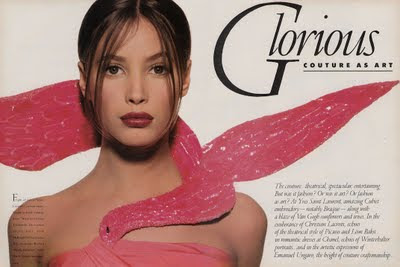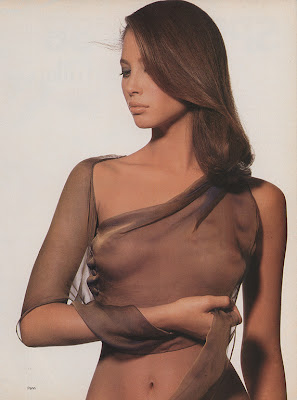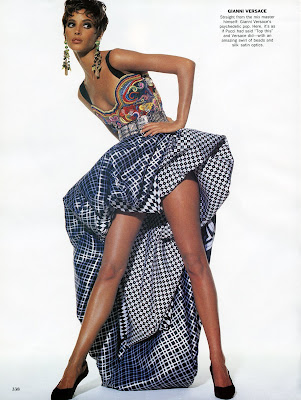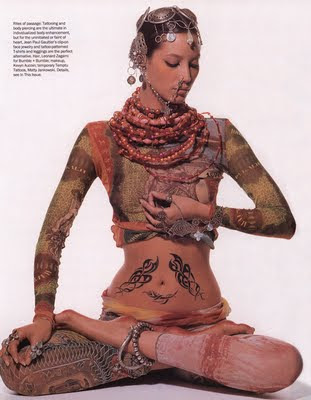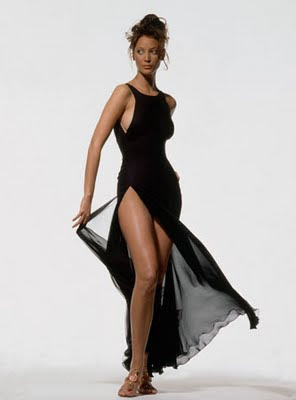The
International Union of Architects has chosen the first Monday of each year to be celebrated as the World Architecture Day. So here is the UIA president's message, which concerns a very current topic.
WORLD DAY OF ARCHITECTURE 2009
Architects' energy versus the global crises
How can we do more, better, with less?
We are together today to celebrate the 2009 World Day of Architecture and its theme: Architects’ energy versus the global crises.
The world is experiencing unprecedented and simultaneous environmental, climatic, financial and social crises that force us to urgently reconsider a number of parameters and find innovative solutions. In these difficult times, architects must step forward and show their aptitude to lead the struggle, to use these crises as a springboard for developing new technical, environmental, social, economic and aesthetic solutions. Developing pertinent responses to entirely new situations is the daily task of the professional architect.
Today, we must ask ourselves:
What are the new opportunities, orientations and aspirations resulting from the current crises?
What are the alternative and creative processes that architects and architecture students can offer?
How can we effectively contribute to reducing carbon emissions and the use of non-renewable energies.
How can we do more, better, with less? We must assume all the possibilities that are now open.
New options are always available for those willing to look for them. It is time to establish new partnerships in new areas.
I call on all architects to take every opportunity, even the smallest ones, to show what they can make out of nothing, using their intellect, design skills and lateral thinking to create sustainable solutions from this global crisis.
This year’s World Day of Architecture represents a new engagement toward a sustainable future. The next appointment is in Copenhagen for the United Nations Climate Change Conference, and everyone in the UIA is working to elaborate a world architects’ declaration for this event. The UIA’s commitment will continue, focusing on the Tokyo 2011 UIA World Congress of Architecture, where architects will invite all the creative planning forces to help design our planet for 2050.
From here in Abidjan, Cote d’Ivoire, Africa, where the UIA Bureau has assembled, I wish you all a constructive celebration of architecture and the architectural profession.
Louise Cox, AM
UIA President
5 October 2009.
And to celebrate the day, here are some photos of buildings by Mies Van Der Rohe, one of my very favourite architects ever.




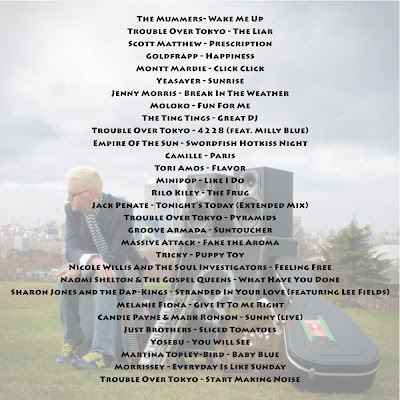 This Sunday's show is dedicated to Trouble Over Tokyo - you will find one of his songs in each half-hour of the show. He is playing live in Athens tonight, at Swing-Bar in Gazi, starting at 22:00, free entrance. The gig is organized by Muzine magazine for it's 2nd birthday celebrations and sponsored, between others, by Poplie radio (where my show is every Sunday, 12:00-14:00). Download it from the right side of this blog as usual! Hope you like it.
This Sunday's show is dedicated to Trouble Over Tokyo - you will find one of his songs in each half-hour of the show. He is playing live in Athens tonight, at Swing-Bar in Gazi, starting at 22:00, free entrance. The gig is organized by Muzine magazine for it's 2nd birthday celebrations and sponsored, between others, by Poplie radio (where my show is every Sunday, 12:00-14:00). Download it from the right side of this blog as usual! Hope you like it.











